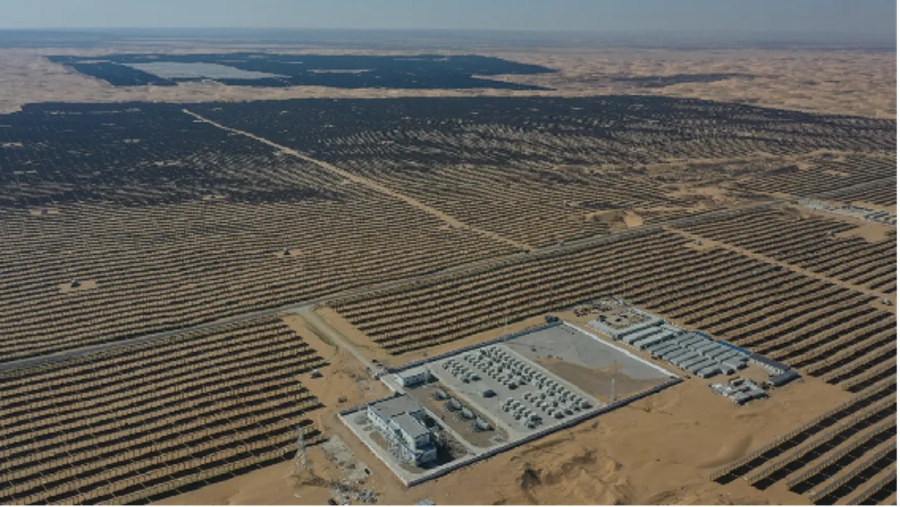Greece launches 200 MW battery storage auction

The Greek Regulatory Authority for Energy, Waste, and Water (RAAEY) has launched the country’s third auction for standalone, grid-scale, front-of-the-meter battery energy storage systems.
The auction seeks to award 200 MW of battery storage projects, 100 MW less than initially announced when the 1 GW subsidy program for this type of energy storage was announced. The four-hour storage systems will provide for a total of 800 MWh of energy storage capycity, according to RAAEY’s documents published on Monday.
Interested parties will be able to submit bids by December 23, 2024. The final results following the evaluation of potential objections on February 20, 2025.
The final round of Greek battery storage auctions will support the buildout of the system in in the coal mining region of Western Macedonia in northern Greece and four municipalities in Peloponnese – Megalopoli, Tripoli, Gortynia, and Oichalia.
The quota for the four Peloponnese municipalities is 50 MW. Individual projects in the auction can reach up to 100 MW, or 50 MW in case of multiple projects by a single bidder. Total capacity per bidder should not exceed 225 MW.
The submitted bids in the third auction will be capped at EUR 145,000/MW per year, up from EUR 115,000/MW per year, which was the bidding cap in the second auction. A letter of guarantee of EUR 35,000/MW is a precondition for inclusion in the auction.
Apart from the contracts-for-difference (CfD) support, the awarded projects will also be offered a one-time capex subsidy payment. The capex payment in the third auction is set at EUR 200,000/MW, up from EUR 100,000/MW in the second auction.
The awarded projects must be up and running by the end of April 2026, according to RAAEY.
Greece awarded 400 MW and 300 MW of battery storage projects in earlier auction rounds held in 2023 and 2024.













